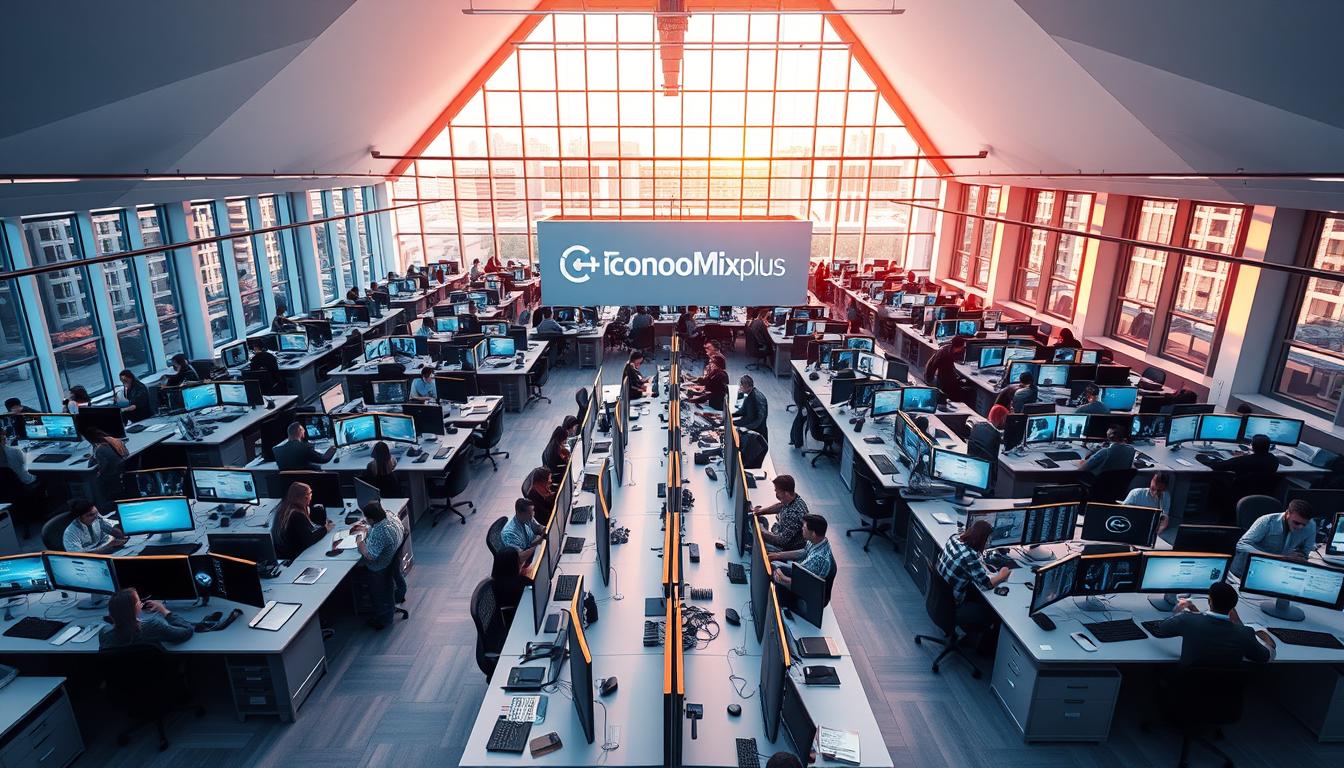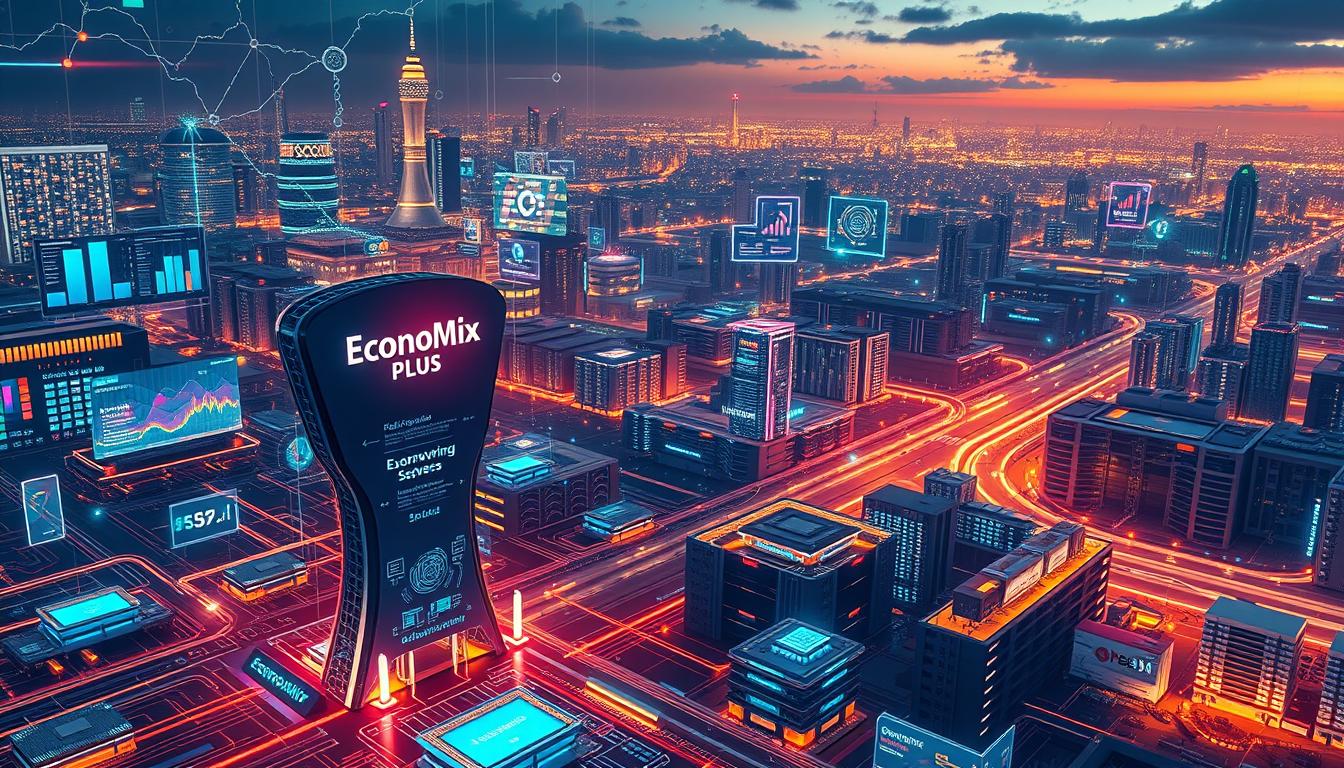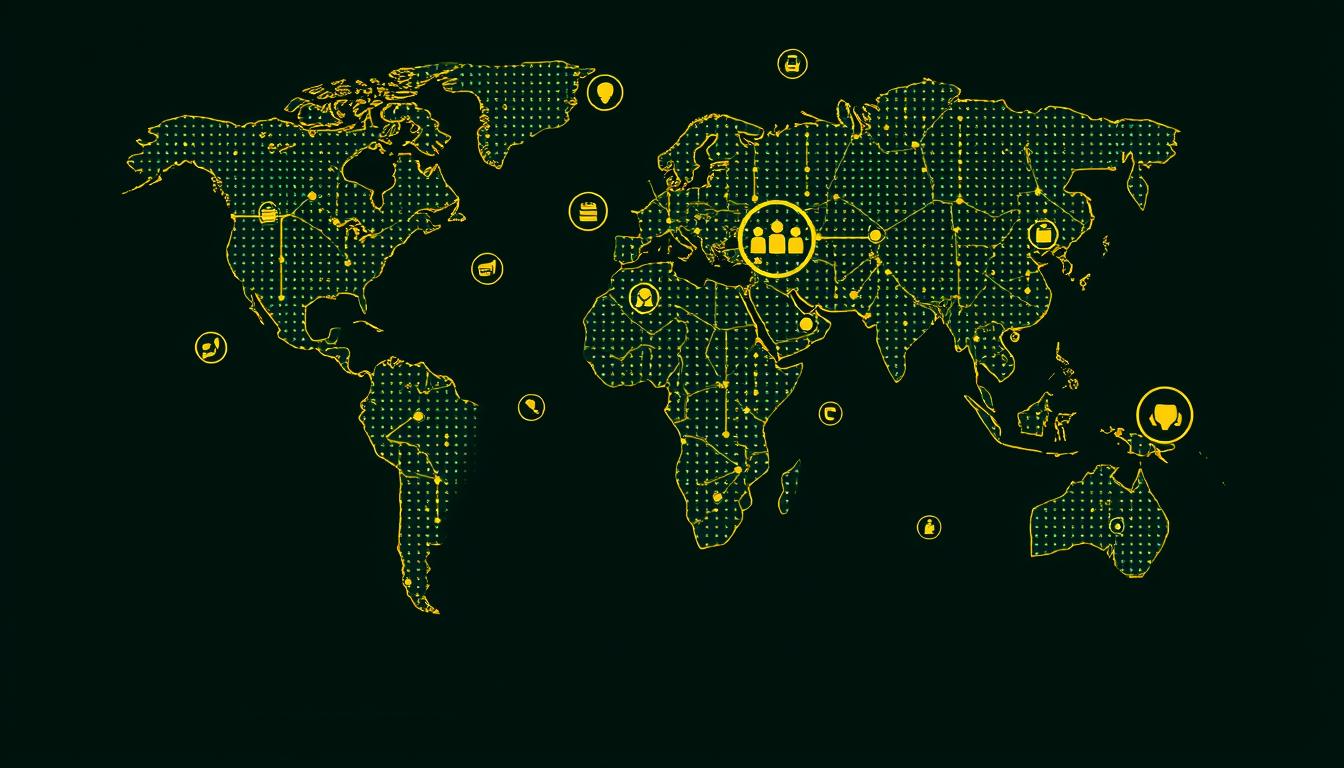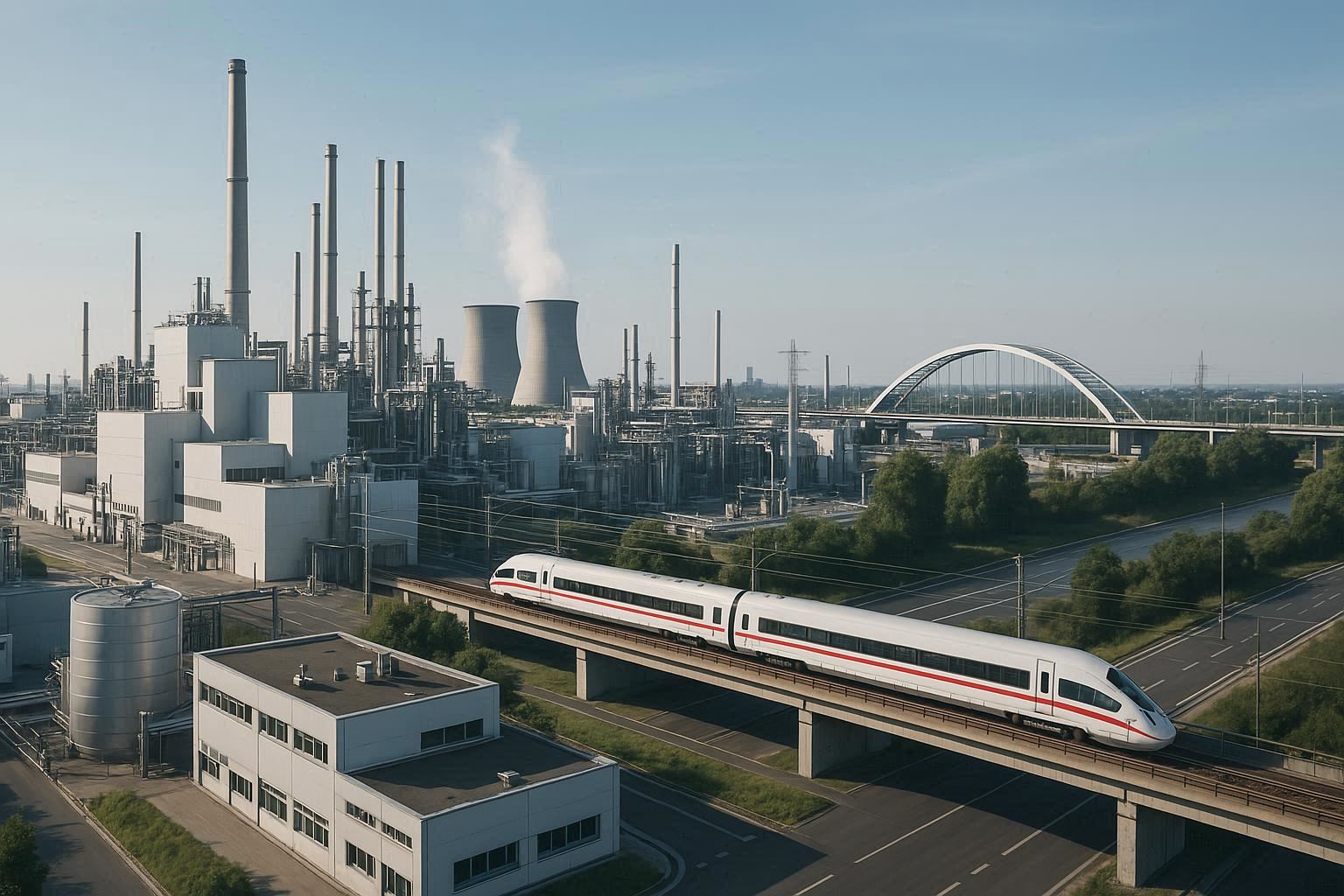Imagine a country once known for textiles and agriculture now leading the charge in artificial intelligence and cloud computing. How did this transformation happen? Over the past three decades, a powerhouse in South Asia has quietly reshaped its economic identity, pivoting from manual labor to digital innovation on a global scale.
Once reliant on traditional sectors, this nation’s software-driven evolution now fuels nearly 8% of its GDP. Exports in digital services have skyrocketed, surpassing $200 billion annually, while creating over 5 million jobs. The shift began with basic IT outsourcing but has since evolved into developing cutting-edge solutions for Fortune 500 companies worldwide.
Economic reforms in the 1990s sparked this revolution, removing barriers for tech companies to thrive. Today, homegrown startups compete with Silicon Valley giants in fields like cybersecurity and machine learning. This journey from back-office support to shaping global digital infrastructure proves how strategic policy changes and entrepreneurial vision can redefine an entire economy.
Key Takeaways
- Digital services contribute nearly 8% to national GDP
- Tech exports exceed $200 billion annually
- Over 5 million jobs created in technology sectors
- Evolution from IT outsourcing to advanced digital solutions
- Economic reforms catalyzed private sector innovation
Understanding the Drivers of Digital Transformation in Indian Industries
Behind every tech revolution lies a combination of catalysts. In the country’s case, two forces stand out: cutting-edge technical capabilities and forward-thinking policy frameworks. These elements created fertile ground for reimagining how businesses operate globally. The technical capabilities encompass advancements in software development, cloud computing, and artificial intelligence, which have allowed companies to innovate rapidly and efficiently.
On the policy side, initiatives aimed at fostering entrepreneurship and supporting startups have played a crucial role in creating an ecosystem that encourages growth and investment. Together, these factors not only enhance the competitiveness of local firms but also position them as significant players on the world stage.
Technical Advancements Fueling Change
The rise of global delivery models enabled round-the-clock software development. Companies adopted Capability Maturity Model (CMM) practices, boosting quality standards. Training programs produced 1.5 million IT graduates annually, creating a talent pool rivaling Silicon Valley.
| Key Technical Drivers | Impact | Examples |
|---|---|---|
| Cloud infrastructure | 65% faster deployment | Microsoft Azure adoption |
| AI development | 40% cost reduction | Chatbot automation |
| Cybersecurity tools | 90% threat detection | Wipro’s aiSIEM platform |
Role of Policy and Innovation Support
Government initiatives like Startup India allocated $1.4 billion to tech ventures. Tax breaks for R&D centers attracted Google and Cisco. As one industry leader noted:
“Collaborative ecosystems turned the region into an innovation sandbox for global enterprises.”
Public-private partnerships established 50+ tech incubators since 2016. These hubs accelerated development cycles for fintech and healthtech solutions now used across 30 countries. The results speak volumes – tech service exports grew 17% year-over-year despite global economic shifts.
Exploring the Future Outlook for the Indian Tech Sector
Innovation hubs worldwide increasingly turn their gaze eastward for next-generation breakthroughs. The sector’s trajectory points toward global leadership in advanced technologies, fueled by specialized centers and evolving digital frameworks. These hubs are not merely locations for innovation; they are vibrant ecosystems where startups, established companies, and academic institutions collaborate to push the boundaries of technology.
With an increasing number of venture capitalists and government initiatives supporting these ecosystems, the potential for groundbreaking advancements in fields such as artificial intelligence, machine learning, and blockchain technology is immense. Furthermore, as these specialized centers grow, they attract talent from around the globe, fostering a culture of creativity and ingenuity that is essential for sustained progress in the tech sector.
Emerging Trends and Global Impact
Three forces drive progress: AI-driven automation, IoT integration, and cross-border collaboration. Over 60% of Fortune 500 companies now partner with Asian tech centers for cloud solutions and predictive analytics. A Bengaluru-based CTO recently observed:
“We’re not just service providers anymore – we’re architects of global digital ecosystems.”
| Technology Trend | Global Impact | Adoption Rate |
|---|---|---|
| Generative AI | 45% faster product development | 78% by 2026 |
| Smart Manufacturing | 30% waste reduction | 64% in auto sector |
| 5G-enabled IoT | $12B energy savings | 53% urban deployment |
Export revenues tell the story. Digital engineering services grew 22% last year, while R&D investments crossed $48 billion. This transformation extends beyond code – it’s reshaping how businesses worldwide approach problem-solving.
New tech corridors in Pune and Hyderabad amplify this momentum. These centers combine academic research with commercial applications, creating solutions adopted across 42 countries. The result? A 19% annual increase in patent filings since 2020.
Technology’s Influence on Traditional Business Models
What happens when centuries-old business practices collide with digital innovation? Entire industries reinvent themselves. Across sectors, software development and adaptive learning systems are dismantling legacy frameworks. A recent study found 73% of enterprises now prioritize digital infrastructure upgrades over incremental process improvements. This shift is not merely a trend; it represents a fundamental change in how businesses operate and compete. For instance, in the retail sector, traditional inventory management practices are being replaced by real-time data analytics, enabling companies to respond to consumer demand more swiftly.
Similarly, in healthcare, the integration of electronic health records and telemedicine is revolutionizing patient care, allowing for more efficient and personalized treatment plans. These examples illustrate that the embrace of digital tools is leading to enhanced operational efficiency and improved customer experiences across various industries.

Customer engagement has transformed through artificial intelligence. Chatbots handle 40% of routine inquiries, while predictive analytics personalize marketing strategies. One retail chain reported 35% higher conversion rates after integrating machine learning into its sales platforms.
| Business Aspect | Traditional Approach | Tech-Driven Approach |
|---|---|---|
| Order Processing | Manual data entry | Automated workflows |
| Employee Training | Classroom sessions | Microlearning apps |
| Supply Chain | Paper-based tracking | IoT sensors |
Government systems showcase this shift best. Tax authorities now process filings 80% faster using cloud-based platforms. As a tech executive noted:
“Digital infrastructure isn’t just about hardware – it’s rewiring how organizations think.”
Educational advancements fuel these changes. Coding bootcamps and online certifications upskill workforces rapidly. Over 300,000 professionals completed AI specialization courses last year alone. This knowledge revolution enables companies to redesign business models at unprecedented speed.
Impact of Global Capability Centers on Indian Tech Evolution
Global Capability Centers (GCCs) have become innovation engines for multinational corporations. These specialized offices now drive workforce development while redefining how companies approach complex challenges. They not only focus on enhancing operational efficiency but also foster a culture of continuous learning and adaptability among employees.
With 65% of Fortune 500 firms operating GCCs locally, their influence extends far beyond basic operational support. By leveraging cutting-edge technologies and innovative practices, GCCs are instrumental in reshaping business strategies, enabling organizations to respond swiftly to market demands and stay competitive in a rapidly evolving landscape.

Redefining Employment and Operations
Recent data shows GCCs created 320,000 new positions last year – 40% more than traditional IT firms. A tech executive explains:
“Our Bengaluru center doesn’t just handle tasks – it designs solutions used across 18 countries.”
Three key shifts stand out:
| Sector | Annual Job Growth | Skill Premium |
|---|---|---|
| GCCs | 14% | 22% higher pay |
| Traditional IT | 6% | 8% increase |
These centers transform internal processes through AI-powered tools. Multinational corporations report 30% faster decision-making after implementing GCC-developed systems. Workforce training programs now emphasize cloud architecture and data analytics – skills critical for next-gen operations.
Investment patterns reveal strategic priorities. Over 70% of GCC budgets now target advanced R&D rather than routine tasks. This shift creates ripple effects – local startups gain access to cutting-edge infrastructure while employees acquire globally relevant expertise.
Key Innovations Pioneering India’s Digital Transformation
Cutting-edge advancements are rewriting the rules of business and technology. At the heart of this change lies a dynamic ecosystem where research labs collaborate with startups to solve real-world challenges. This ecosystem not only fosters innovation but also accelerates the development of solutions that address pressing societal needs, such as healthcare, agriculture, and sustainable energy.
By leveraging the unique strengths of both established institutions and agile startups, this collaborative environment cultivates a culture of creativity and experimentation, enabling rapid prototyping and deployment of new technologies. Such partnerships are crucial in ensuring that the innovations emerging from these collaborations are not only groundbreaking but also practical and scalable, ultimately driving economic growth and enhancing the quality of life for communities.

Breakthroughs in AI and Machine Learning
Bengaluru-based Euler Systems developed an AI model that predicts crop yields with 94% accuracy. Their solution now aids 500,000 farmers across 12 states. “Our machine learning algorithms process satellite data and soil samples in real time,” explains CEO Riya Patel.
Key advancements include:
| Innovation | Impact | Adoption |
|---|---|---|
| Speech recognition AI | 85% accuracy in regional dialects | 38M users |
| Fraud detection systems | 67% faster alerts | Top 5 banks |
Revolutionizing Software Development
The entrepreneurial spirit shines in tools like DevFlow – a platform enabling 70% faster coding through AI-assisted debugging. Over 8,000 developers now use it daily. Startups like this exemplify how driving innovation creates ripple effects across the ecosystem.
Hyderabad’s TechBridge accelerator reports:
“Projects combining machine learning with low-code platforms receive 3x more funding than traditional apps.”
These advancements position the india technology landscape as a global testbed for next-gen solutions. From healthcare diagnostics to smart city planning, the ecosystem proves that bold ideas thrive when supported by collaborative networks.
Regional Tech Hubs Shaping India’s Tech Landscape
Urban centers have become laboratories for digital progress, blending local expertise with global ambitions. Three cities stand out for their distinct contributions to technological advancement and product development.
Bangalore: The Silicon Valley of South Asia
Home to over 400 R&D centers, this metro drives advancements in cloud computing and AI. Local Indian companies like Infosys collaborate with startups to test solutions used across 50 nations. A Microsoft executive notes:
“Our Bengaluru teams built core Azure features adopted by 60% of Fortune 100 firms.”
Chennai: Coastal Innovation Powerhouse
Specializing in enterprise software, the city’s IT exports grew 19% last year. Key strengths include:
- 15 specialized tech parks housing 85,000 professionals
- 37% of all healthcare tech products developed here
- Major automotive AI projects with Hyundai and Ford
Coimbatore and Emerging Centers
Smaller cities now complement established hubs through niche specializations. Coimbatore’s manufacturing-tech integration reduced production costs by 28% for textile firms. A recent survey shows:
| City | Specialization | Growth Rate |
|---|---|---|
| Pune | Cybersecurity | 22% annually |
| Hyderabad | Pharma Tech | 18% |
These clusters demonstrate how regional strategies amplify national capabilities. By focusing on local strengths while connecting across India, they create an innovation network rivaling global tech corridors.
Unleashing the Entrepreneurial Spirit of Indian Tech Startups
A surge of entrepreneurial energy is rewriting business rules across South Asia’s innovation corridors. Over 7,000 tech ventures now operate in the region, with 112 achieving unicorn status since 2020. This explosion of venture capital activity reflects a fundamental shift in how businesses solve modern challenges.
Catalysts Behind Billion-Dollar Ventures
Market leaders like Flipkart and OYO exemplify the steep growth trajectory reshaping commerce. These pioneers demonstrate how localized solutions gain global relevance – Flipkart’s supply chain tech now influences retail models in Southeast Asia. Key drivers include:
- $15 billion in startup funding during 2023
- 75% increase in cross-border partnerships
- 40% shorter product development cycles
Early-stage investments reveal strategic priorities. Seed funding for AI-driven platforms jumped 62% last year, while healthtech ventures attracted $4.3 billion. A Bengaluru-based founder observes:
“Our Series B round focused on scaling solutions across industries – that’s where real disruption happens.”
The opportunities extend beyond finance. Corporate innovation programs connect startups with enterprise clients, accelerating real-world testing. Edtech firms now collaborate with manufacturing giants to upskill workforces through AR simulations. This synergy creates market dynamics where nimble ventures redefine entire sectors.
Evolution of IT Workforce and Modern Hiring Practices
The tech sector’s talent landscape is undergoing its most significant transformation in decades. Companies now prioritize specialized expertise over general qualifications, with 68% of hiring managers emphasizing skill validation during recruitment. This shift reflects the demand for professionals who can immediately contribute to complex projects.
Transition to Skills-Driven Employment
Traditional degree requirements are fading as certification programs gain prominence. Major firms like TechMahindra and HCL now hire 40% of entry-level staff through coding bootcamps and micro-credential assessments. Key changes include:
- Role-specific competency tests replacing generic aptitude exams
- 73% increase in project-based hiring since 2021
- Continuous upskilling mandates for existing employees
Impact of AI on Hiring Strategies
Machine learning algorithms now screen 58% of technical resumes, reducing bias in candidate shortlisting. Wipro’s AI recruiter platform decreased time-to-hire by 34% while improving retention rates. One HR leader noted:
“Predictive analytics help us identify candidates who’ll thrive in specific work environments – not just those with perfect resumes.”
| Traditional Approach | AI-Driven Method | Improvement |
|---|---|---|
| Manual resume review | Skill-matching algorithms | 82% faster |
| Standardized interviews | Behavioral pattern analysis | 45% accuracy boost |
These practices reshape how teams share knowledge across departments. Specialized areas like quantum computing now have dedicated talent pipelines, ensuring the workforce evolves alongside technological advancements.
Analyzing India’s Industry Shift from Traditional to Tech
How do century-old industries reinvent themselves for the digital age? The answer lies in supply chain overhauls and financial services modernization. Legacy systems once reliant on paper trails now operate through AI-powered platforms, reshaping entire sectors.
Consider logistics networks. Traditional methods took 14 days to move goods from factory to retailer. Tech-driven projects using IoT sensors and route optimization slashed this to 72 hours. A Mumbai-based manufacturer reported 40% lower fuel costs after adopting these tools.
| Sector | Traditional Approach | Tech-Driven Solution |
|---|---|---|
| Supply Chain | Manual inventory checks | Real-time RFID tracking |
| Financial Services | Branch-based transactions | API-driven payment gateways |
| Risk Management | Monthly audits | AI fraud detection systems |
Banking demonstrates this shift best. Mobile wallet usage jumped from 18% to 67% of adults in five years. “Our digital lending projects process loans 89% faster than traditional methods,” notes a fintech CEO. Global retailers now mirror these models – Walmart’s local partnership cut supplier payment delays by 62%.
The transformation extends beyond speed. Cloud-based platforms enable financial services firms to analyze customer data in real time. This drives personalized offerings while maintaining security. As supply networks grow smarter, they create ripple effects – farmers using AgriTech apps increased yields by 33% last harvest season.
Challenges and Opportunities in the Indian Digital Ecosystem

Navigating the digital frontier requires balancing rapid innovation with equitable access. While urban centers thrive with 5G networks and AI labs, rural regions face connectivity gaps affecting 300 million citizens. Strategic government initiatives aim to bridge this divide through infrastructure upgrades and skill development programs.
Balancing Growth with Digital Inclusion
Three critical challenges emerge in this transformation:
| Challenge | Opportunity | Initiative |
|---|---|---|
| Uneven internet access | Broadband expansion | BharatNet project |
| Skill shortages | Digital literacy drives | PMGDISHA scheme |
| Data privacy concerns | Cybersecurity innovation | DPDP Act 2023 |
Education reforms showcase progress. Over 12,000 schools now teach coding through adaptive learning platforms. A tech policy advisor explains:
“Our focus shifted from mere connectivity to creating meaningful participation in the expanding digital economy.”
Recent government initiatives demonstrate this balance. The Digital India campaign trained 8 million farmers in agri-tech tools last year. Simultaneously, startups developed vernacular interfaces for 22 regional languages, boosting app adoption by 140%.
These efforts highlight how policy frameworks and private sector creativity can coexist. By addressing infrastructure gaps while nurturing innovation ecosystems, the nation moves toward inclusive technological progress.
Conclusion
A nation’s economic identity now thrives where farmlands once dominated. This metamorphosis from manual processes to digital transformation showcases how strategic vision reshapes entire sectors. Policy frameworks fueled this shift, while homegrown startups scaled solutions adopted globally.
Three pillars defined this evolution: innovation ecosystems, workforce upskilling, and export-driven growth. Cloud infrastructure and AI tools accelerated progress, with tech services contributing 8% to GDP. Over 5 million jobs emerged as traditional models embraced automation.
The path forward demands focus on inclusive access. While urban hubs lead, rural regions require connectivity upgrades and skill programs. Public-private partnerships must bridge gaps, ensuring growth benefits all demographics equally.
Industry leaders should prioritize adaptive learning systems and modern infrastructure. Investments in R&D centers and cybersecurity will sustain momentum. This blueprint for transformation – blending policy support with entrepreneurial grit – offers lessons for economies worldwide.
As global demand for digital solutions grows, maintaining focus on ethical tech deployment becomes crucial. The journey proves that when innovation meets execution, entire nations can rewrite their economic futures.












